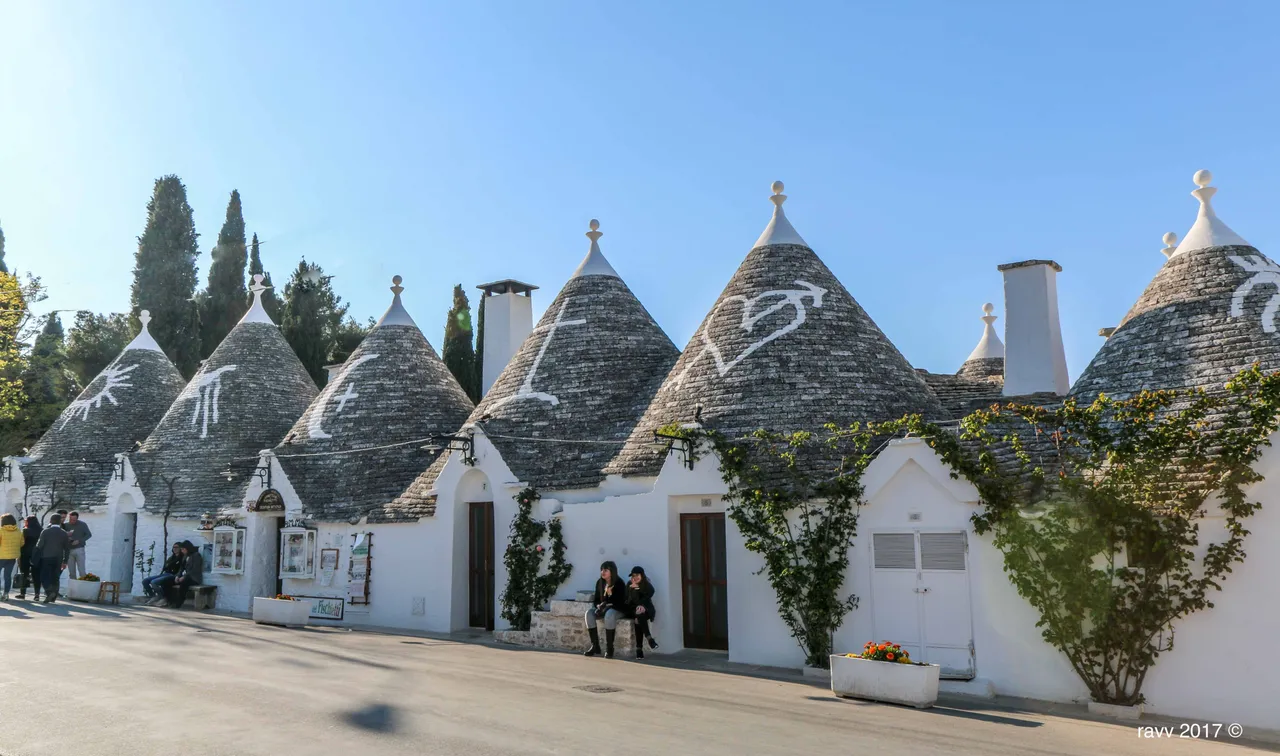
Beauty does not lie in similarities, but in differences.

A town with a thousand white-washed conical-roofed houses. This unique sight can only be seen in the town of Alberobello.
My Mom first came across this amazing town in a magazine she saw a couple of years ago. The name, Alberobello, means beautiful trees and it is a small town in the region of Puglia located in the Southern part of Italy.
Alberobello has been made a UNESCO World Heritage site for its unusual districts of trulli. The uniform structure gives the town a unique feel, yet maintains a harmonious look.
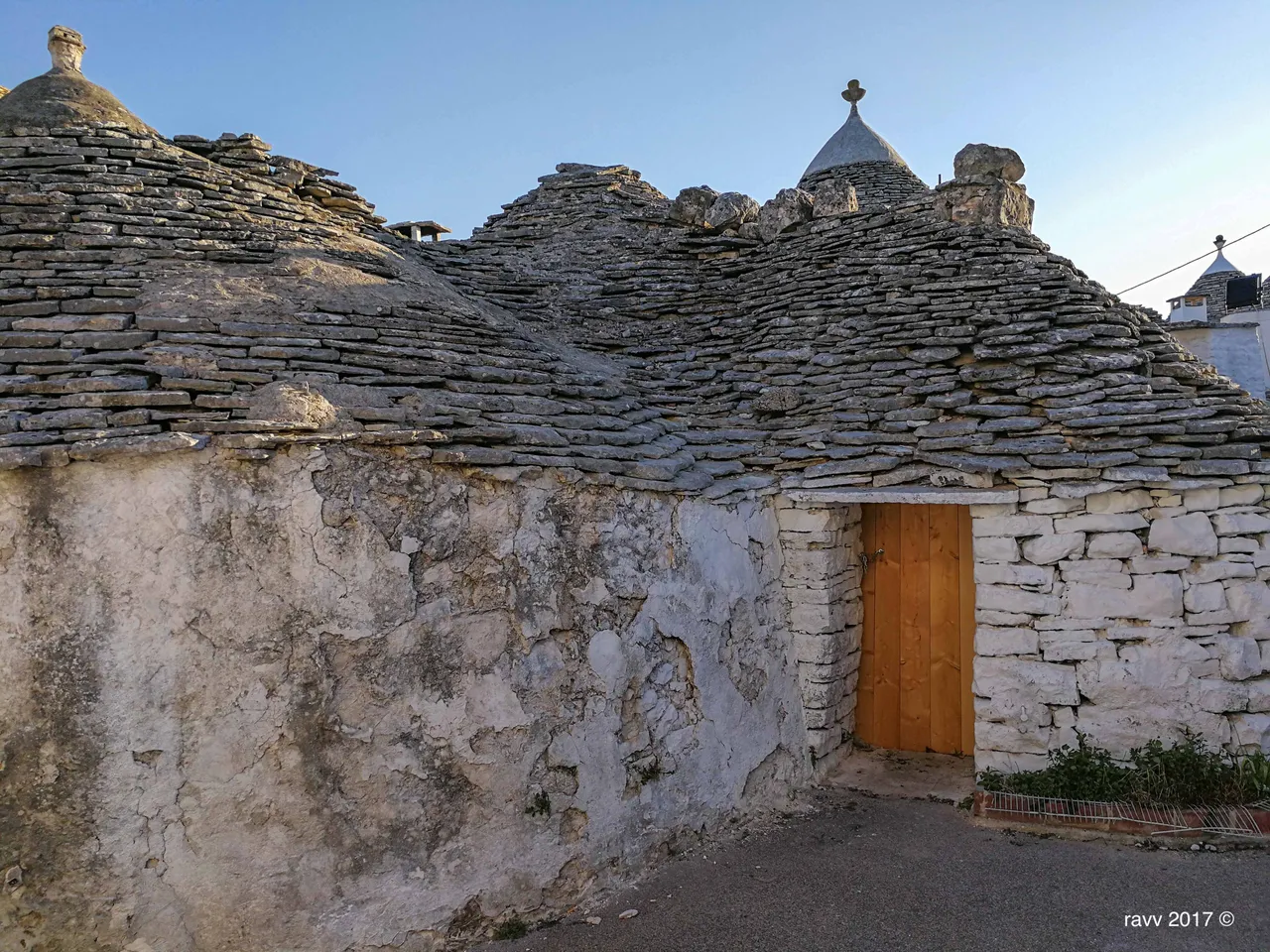
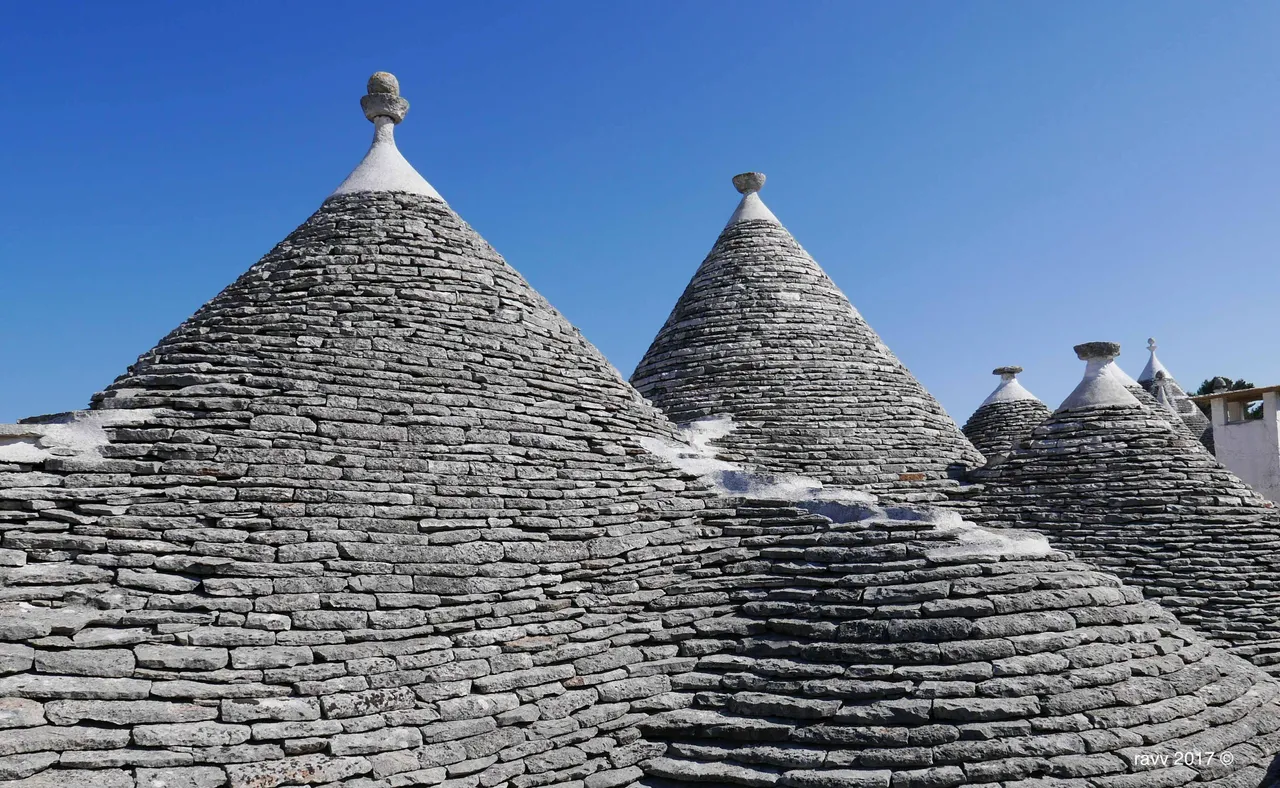
What is a trullo?
A trullo is a small rounded house built from Alberobello’s local limestone and dry-stone walls. It has a conical roof and is built without mortar. The word, trullo, derives from the Greek word, tholos, which refers to a circulated dome-shape construction. In ancient times, the cone shape crypts were built for those who died at war, much like a tomb. This traditional and simple structure can be seen all around this part of Puglia.
The story behind Alberobello is a typical Italian one, designed with the purpose to fiddle taxes and fool the authorities. In order to wriggle around laws and taxes, Alberobello was built in such a way so that it was not classified as inhabited settlement. The structure could also be dismantled easily if needed.
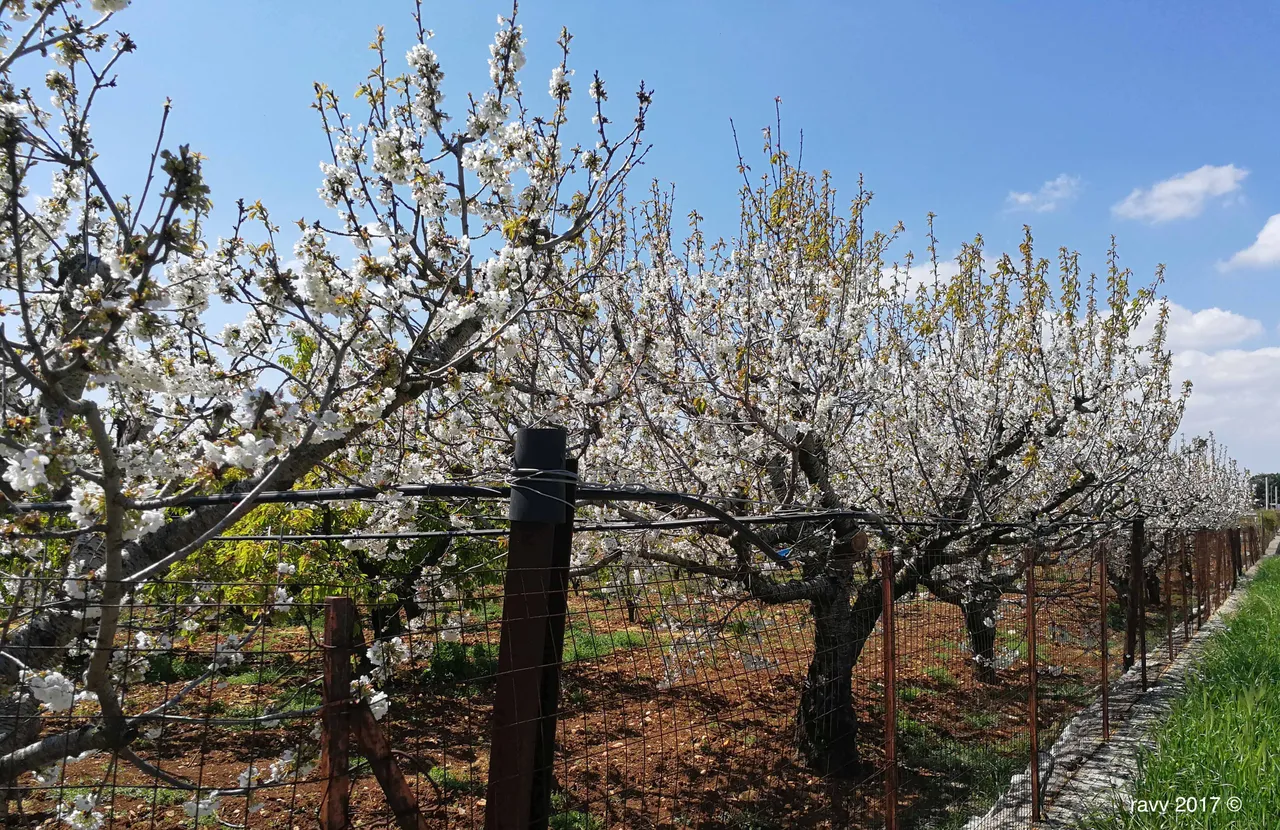
My Mom took a car from the Bari Central Station to Alberobello. The 1-hour drive was very scenic, with endless rows of cherry blossom (this trip took place during April). To fully experience the local culture, my Mom chose to stay in the trullo overnight. The trullo which were converted to shops were unique, but to stay in the trullo is a whole different experience.
The trullo was nicely decorated. Despite her first time visiting, it felt very homely. The stone walls were thick and helped strengthen the structure as well as helped regulate the internal temperature. The roof was actually a dome, but was modified into a cone shape topped with a spire. There were also small spaces for the living and kitchen area.
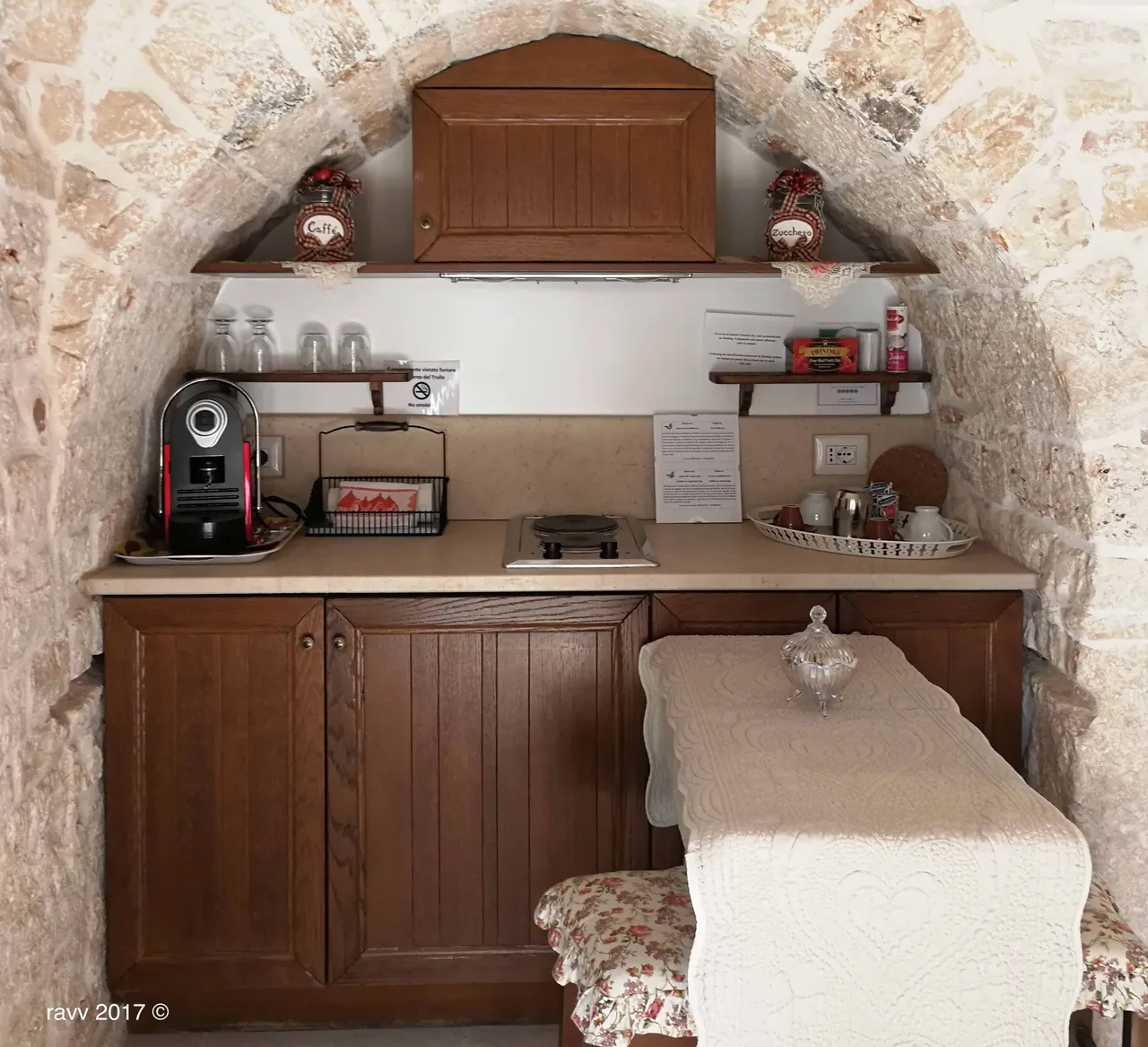
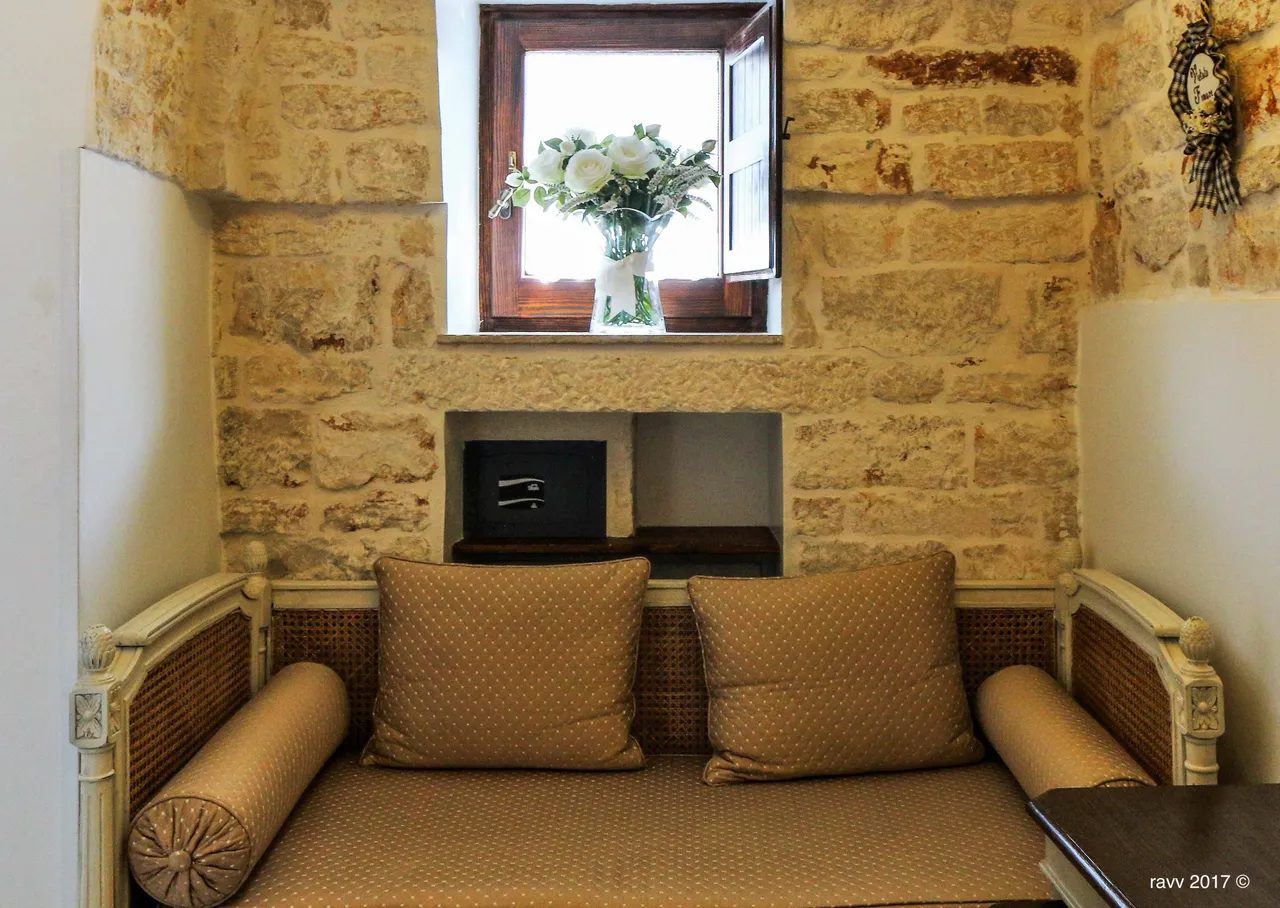
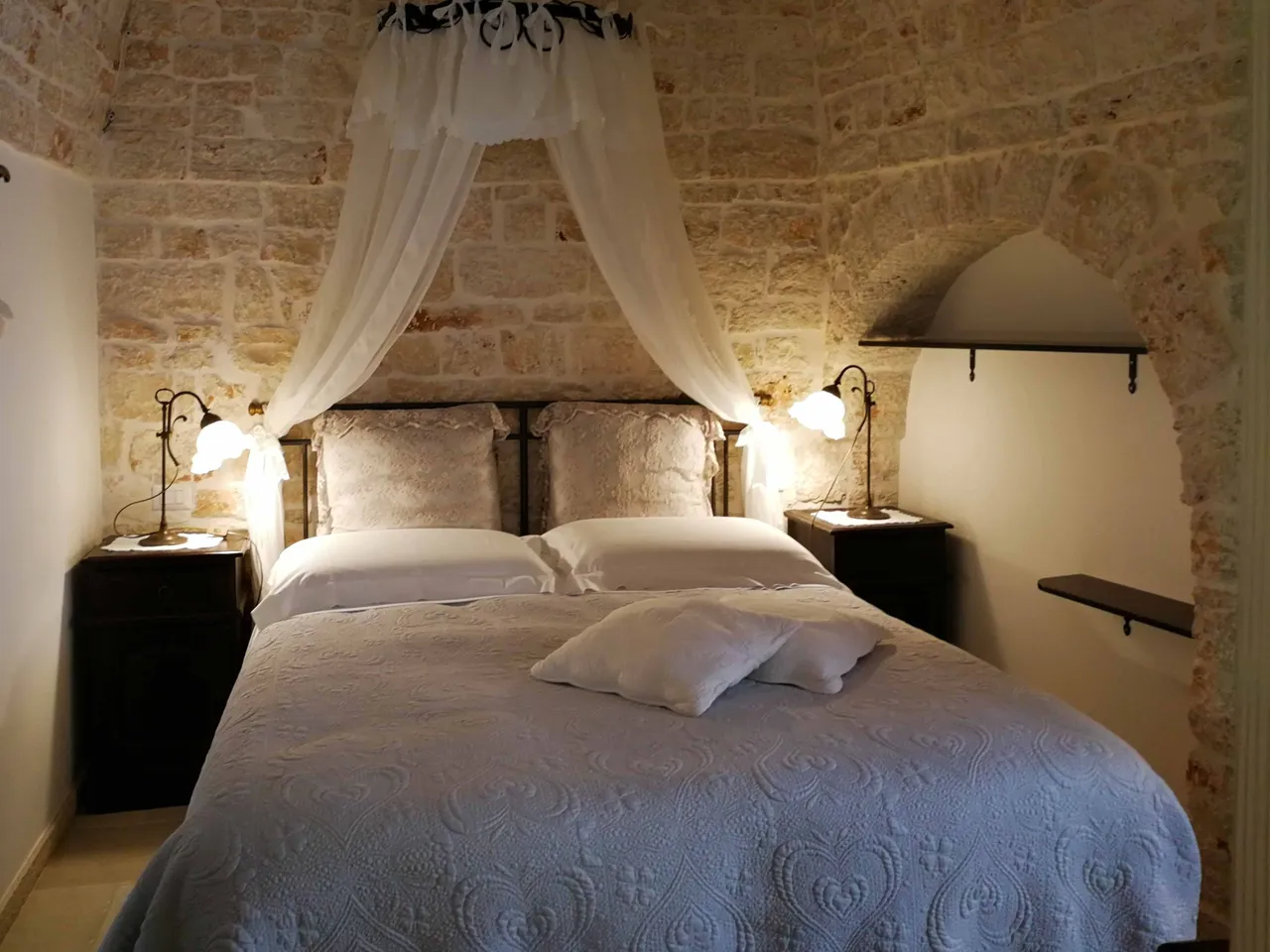
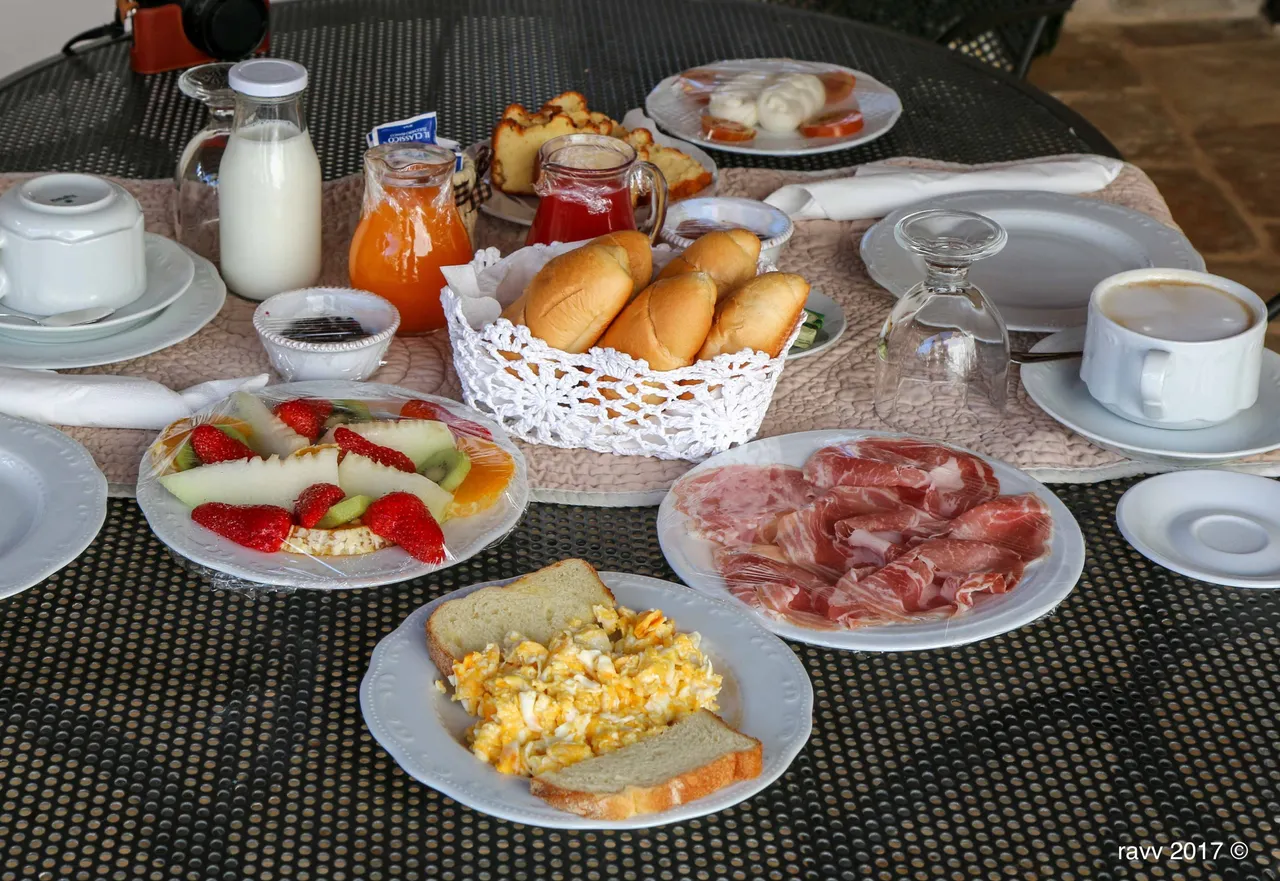
There was a small garden and dining area outside of the trullo. A perfect spot to have breakfast and enjoy the morning breeze.
Breakfast was hand-delivered in a basket by the owner of the BnB. A home-cooked breakfast in a foreign land.
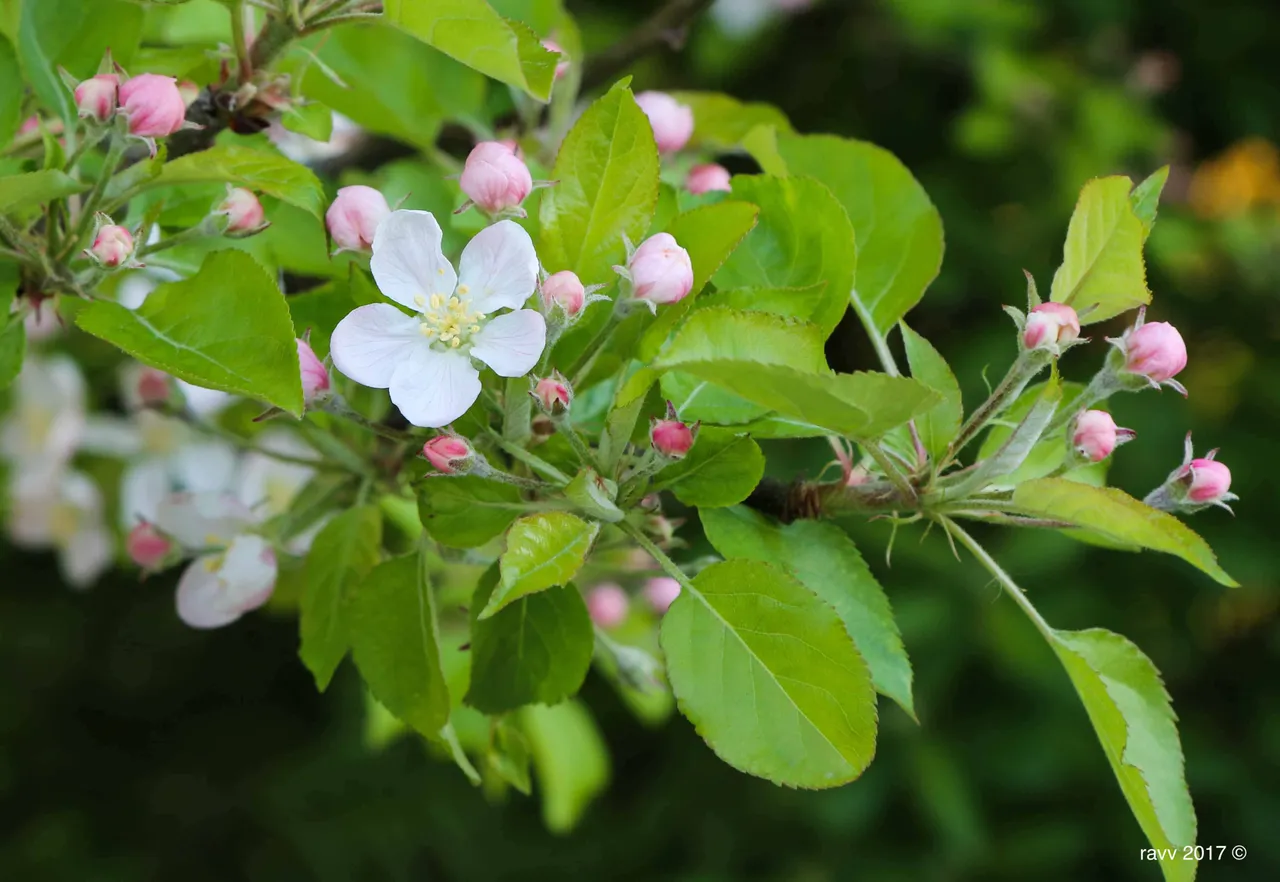
The trullo was like a little home-sweet-home for my Mom during her trip.
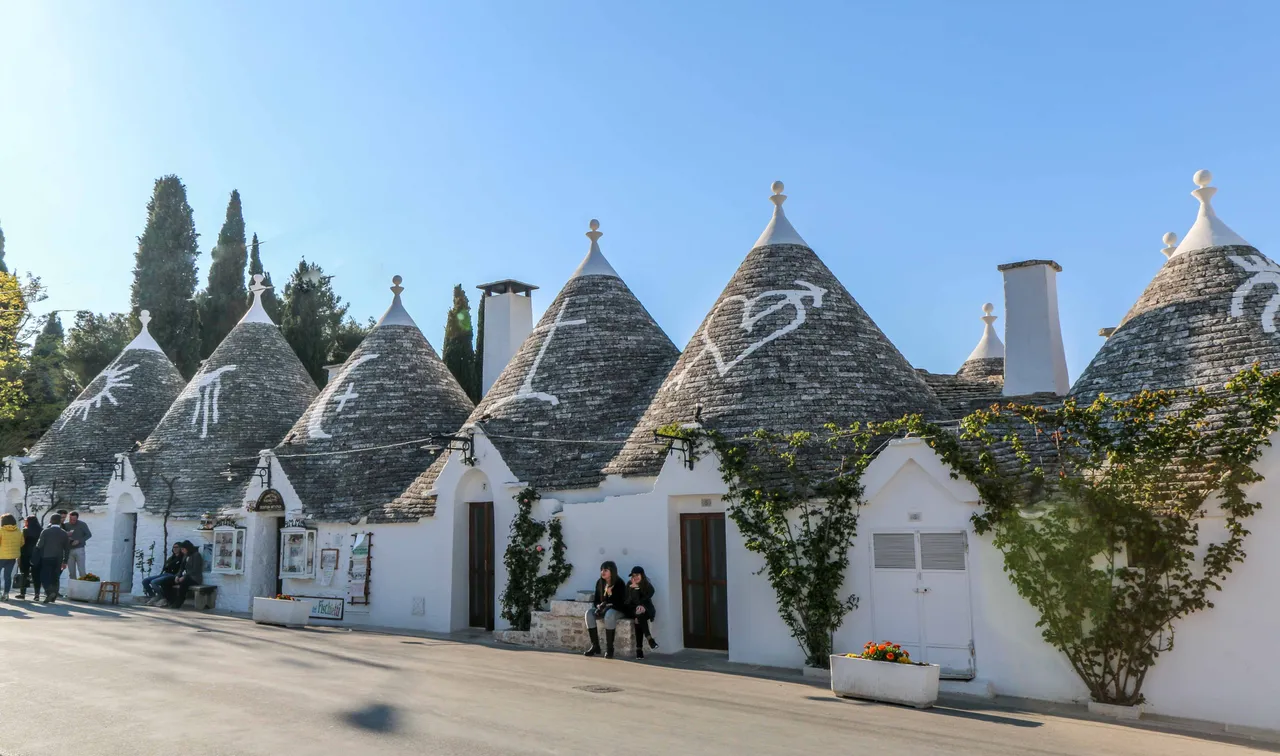
All Trulli were smartly whitewashed, and their roofs were often decorated with painted symbols.
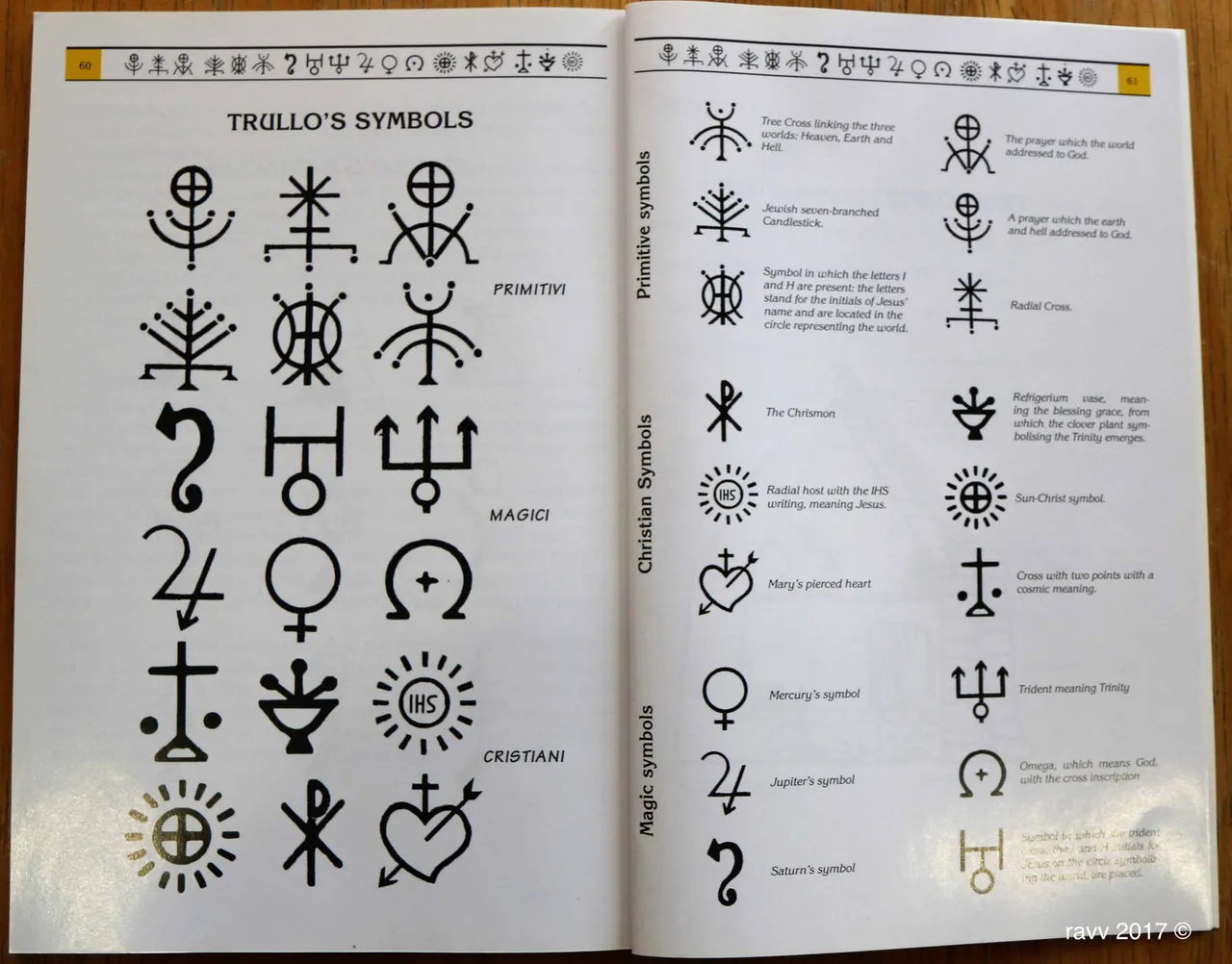
These symbols had religious or superstitious significance. It is common for a house to have more than one trullo roof.

The most touristy part of Alberobello was Rione Monti, a slope facing the modern town center. It consisted of several narrow lanes sloping upwards, with others winding along the hillside, and was extremely picturesque both from afar and close up.
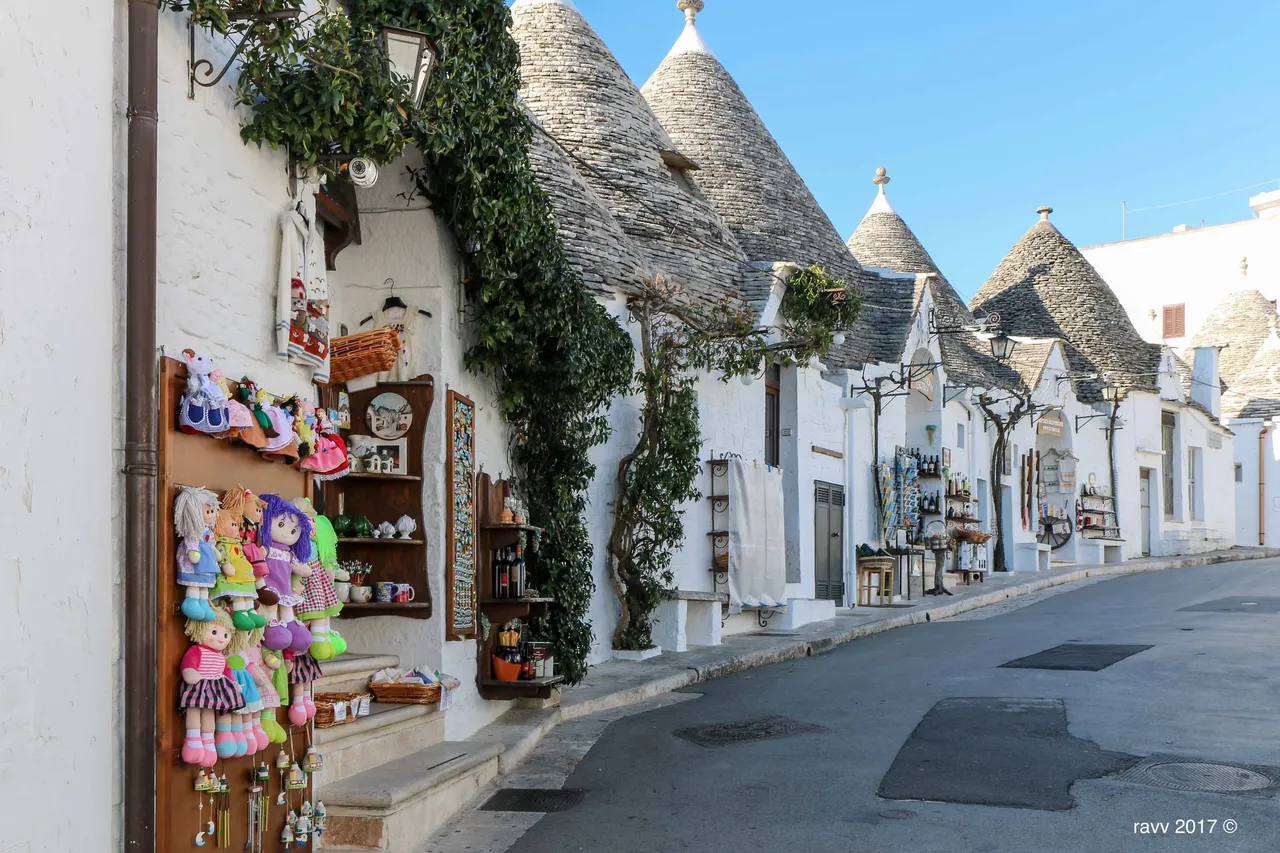
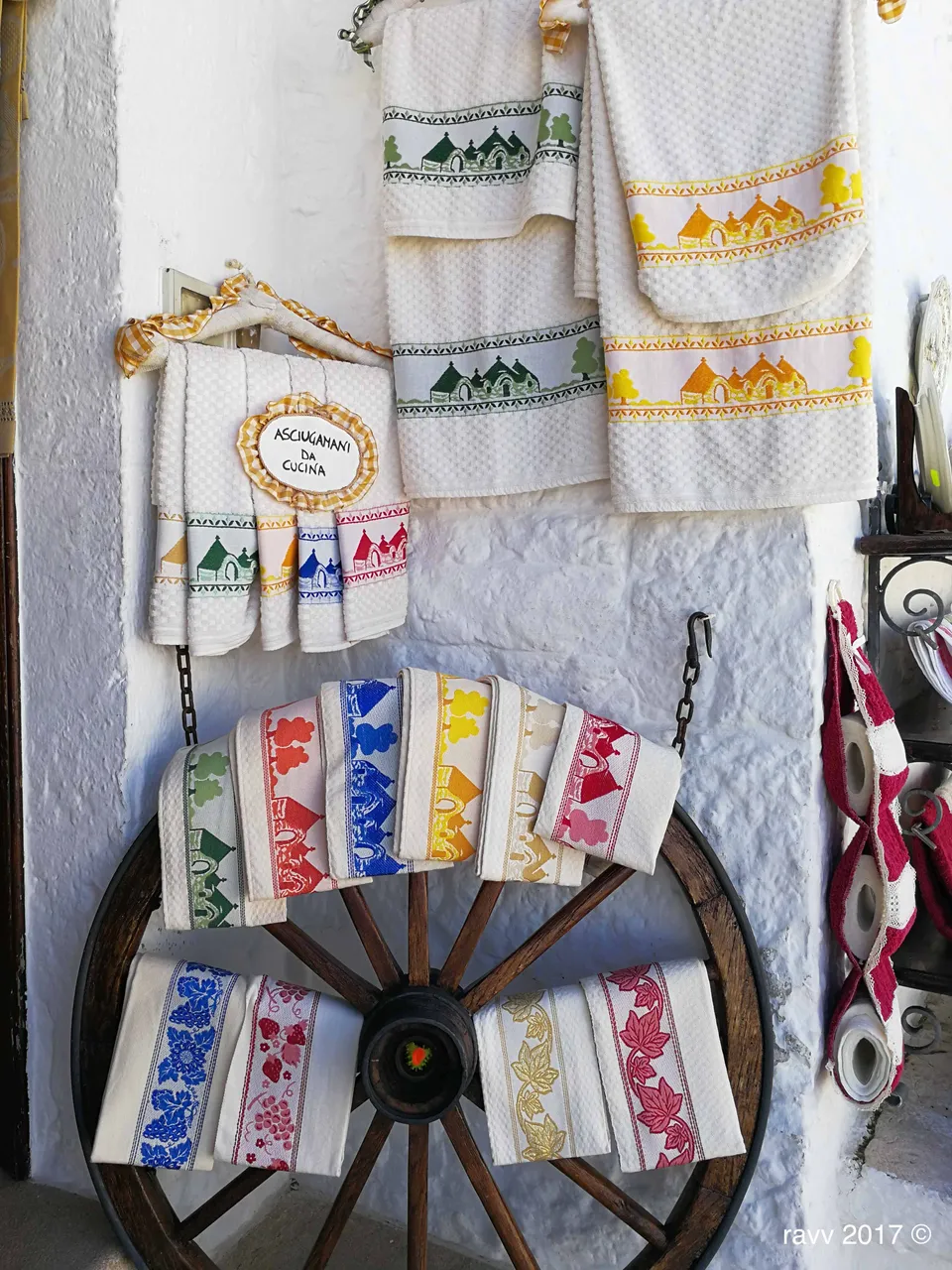
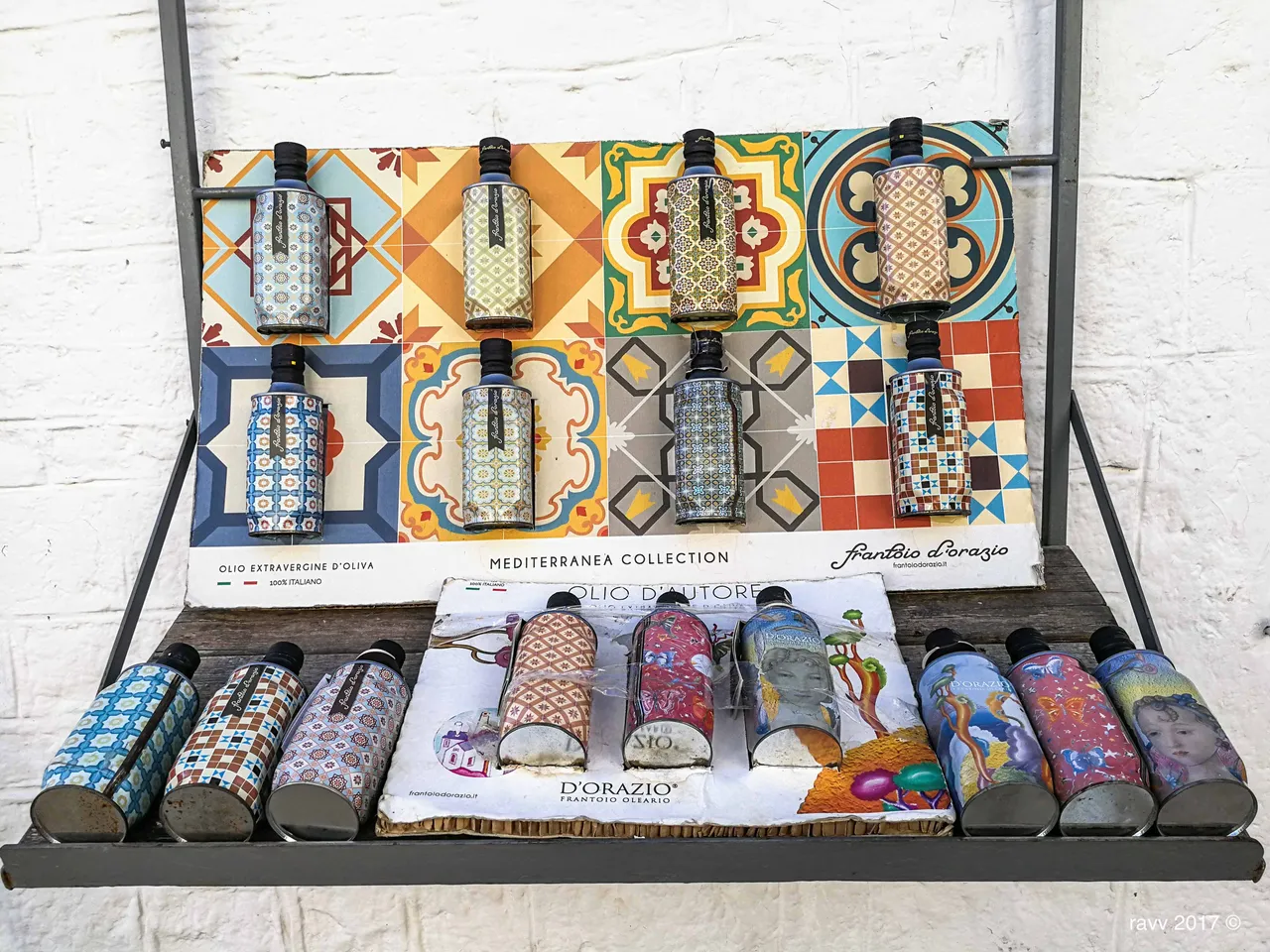
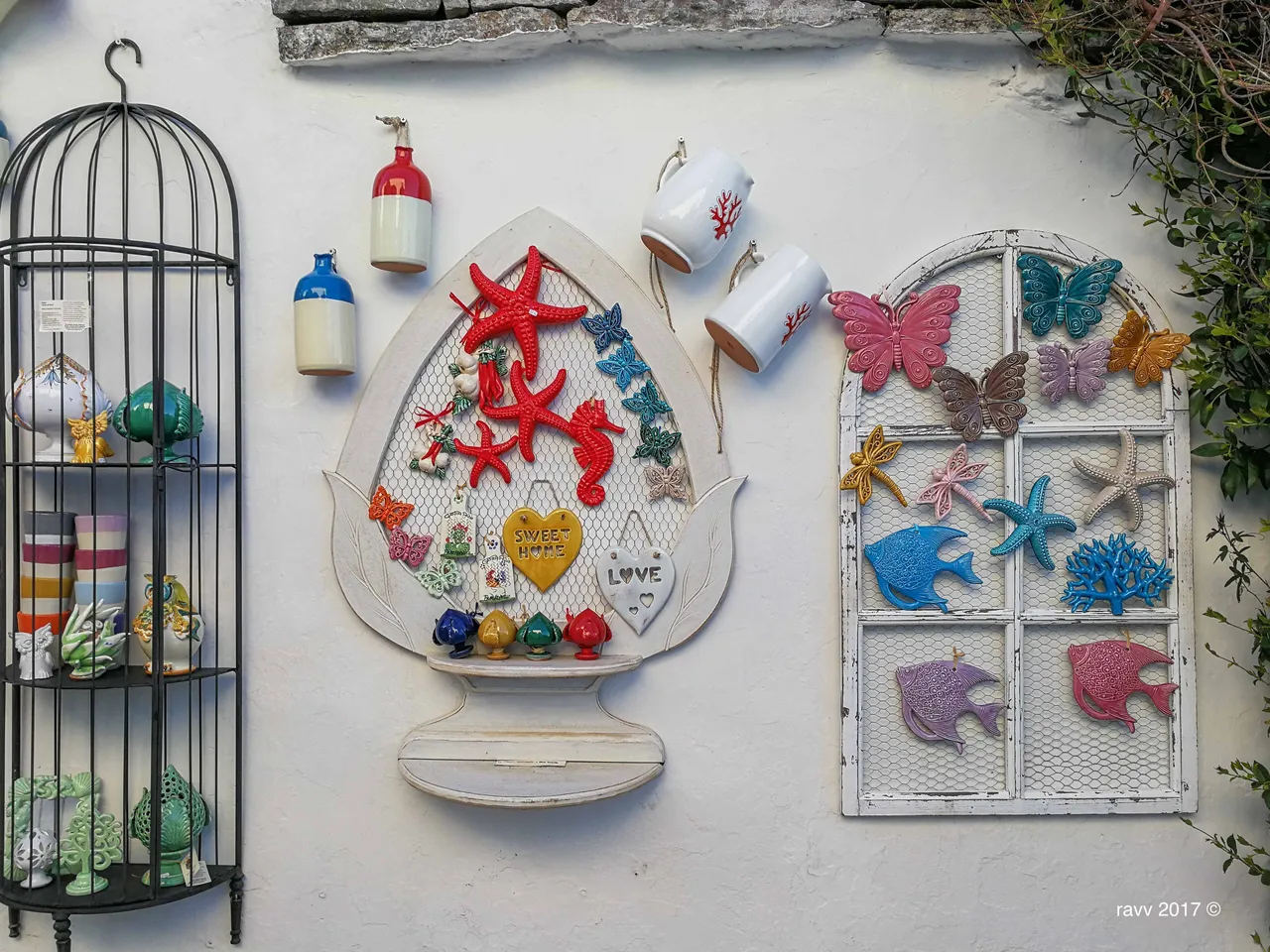

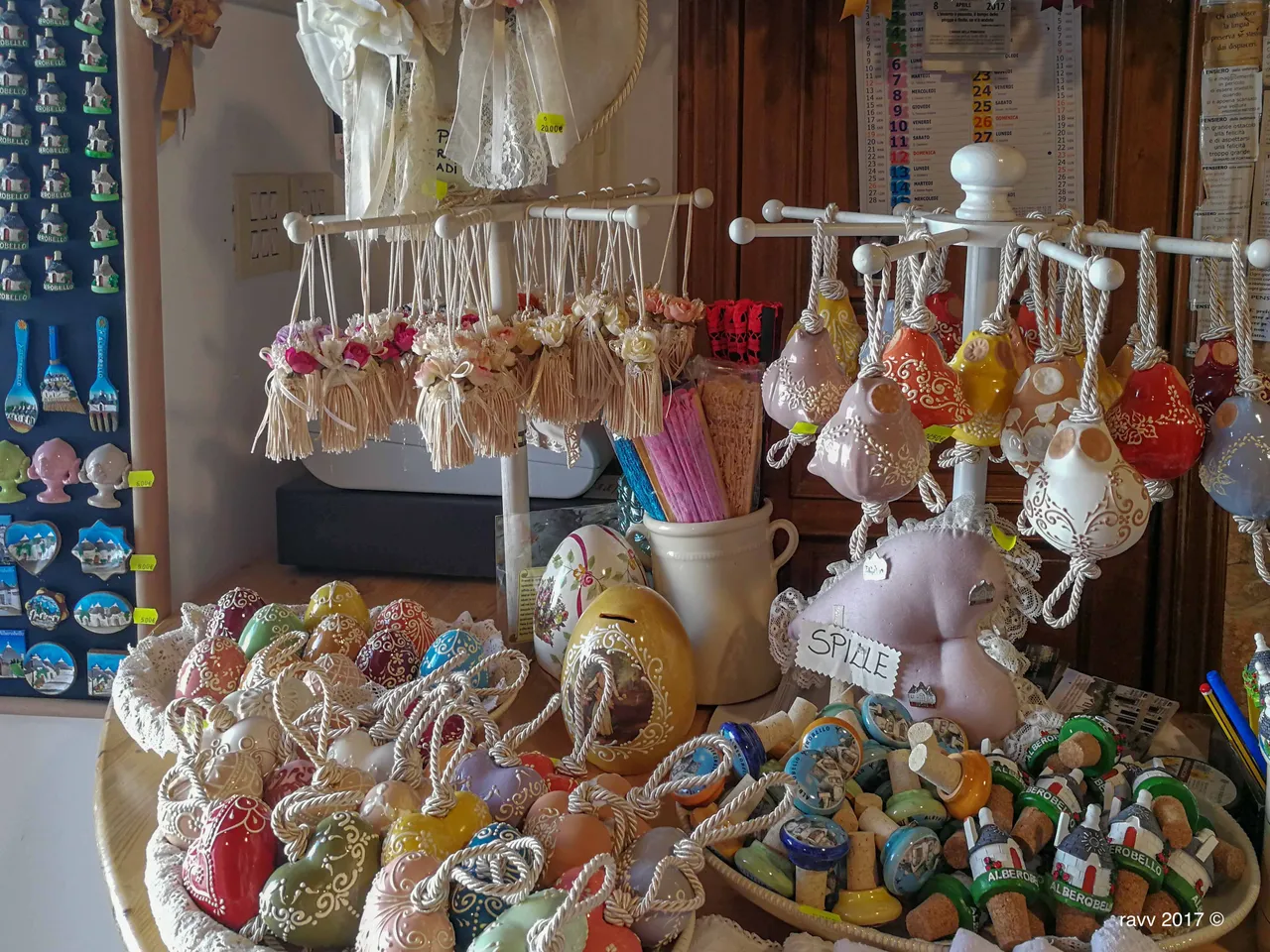
There were colorful terracotta whistles (a local Puglia thing), local ceramics, tea towel, tablecloth, hand towel and everything possible shaped like a trullo. Each shop had its own tricks to lure you such as the oldest trullo, a panoramic terrace, free wine and liqueur tasting.
My Mom spent 2 days here and got to know the town through the local people. The store owners were extremely friendly and shared stories of themselves and their beloved city.
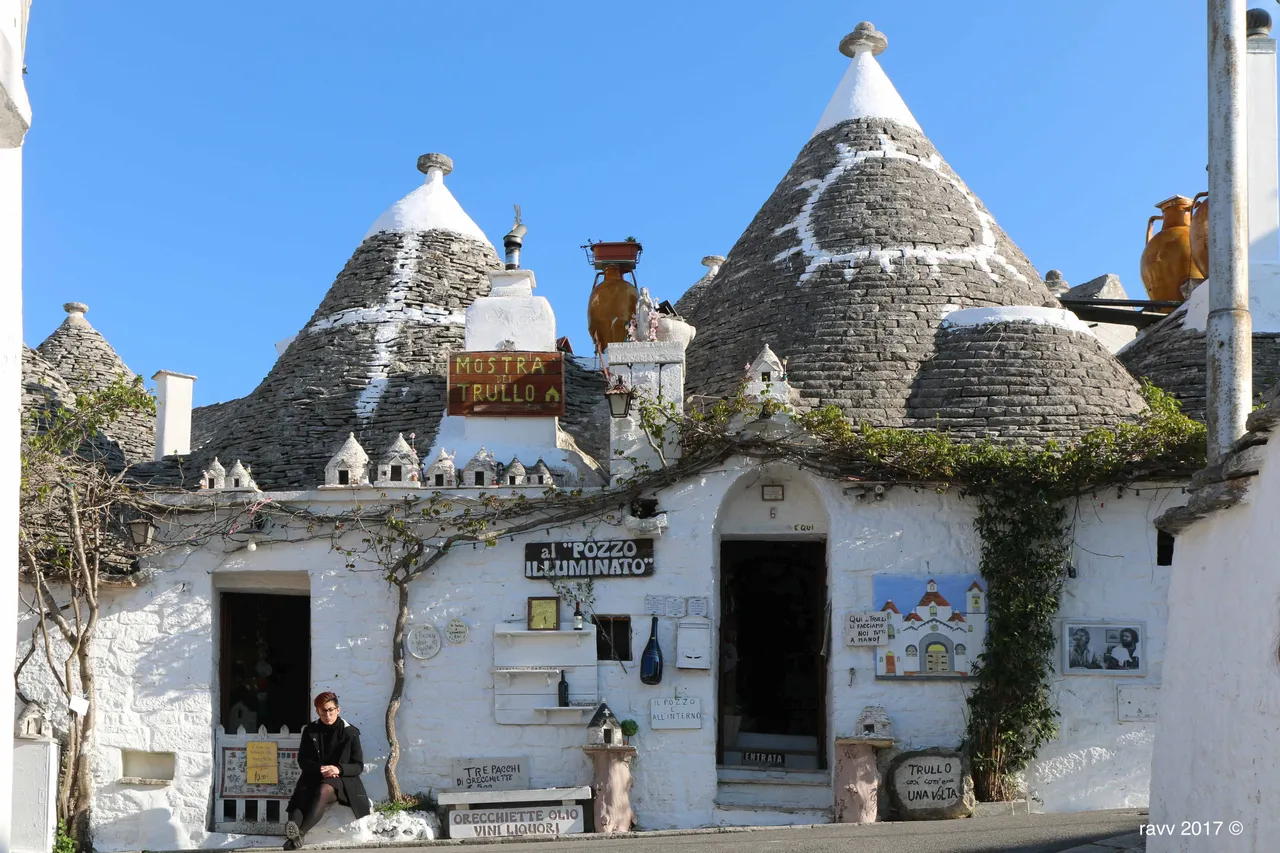
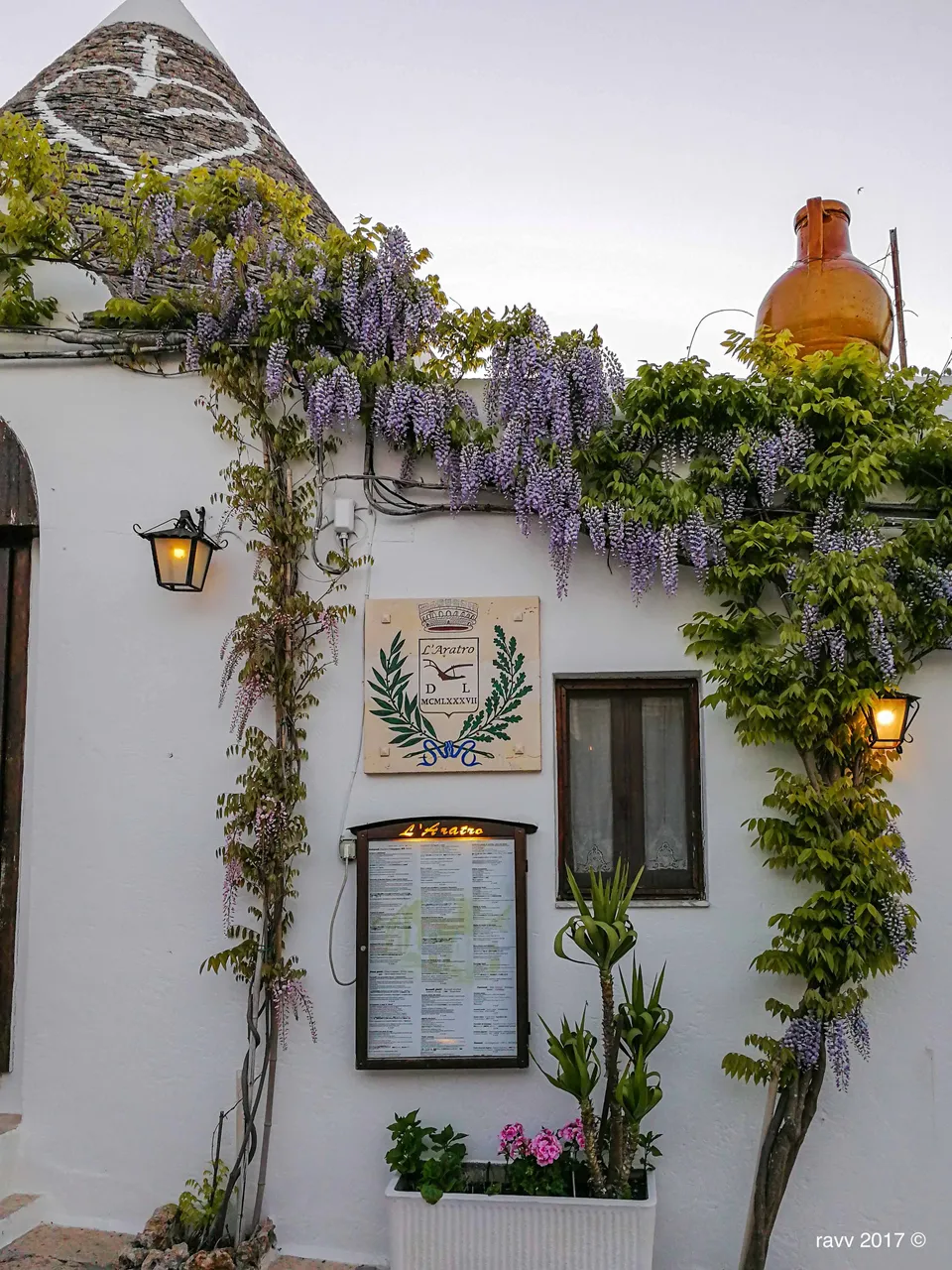
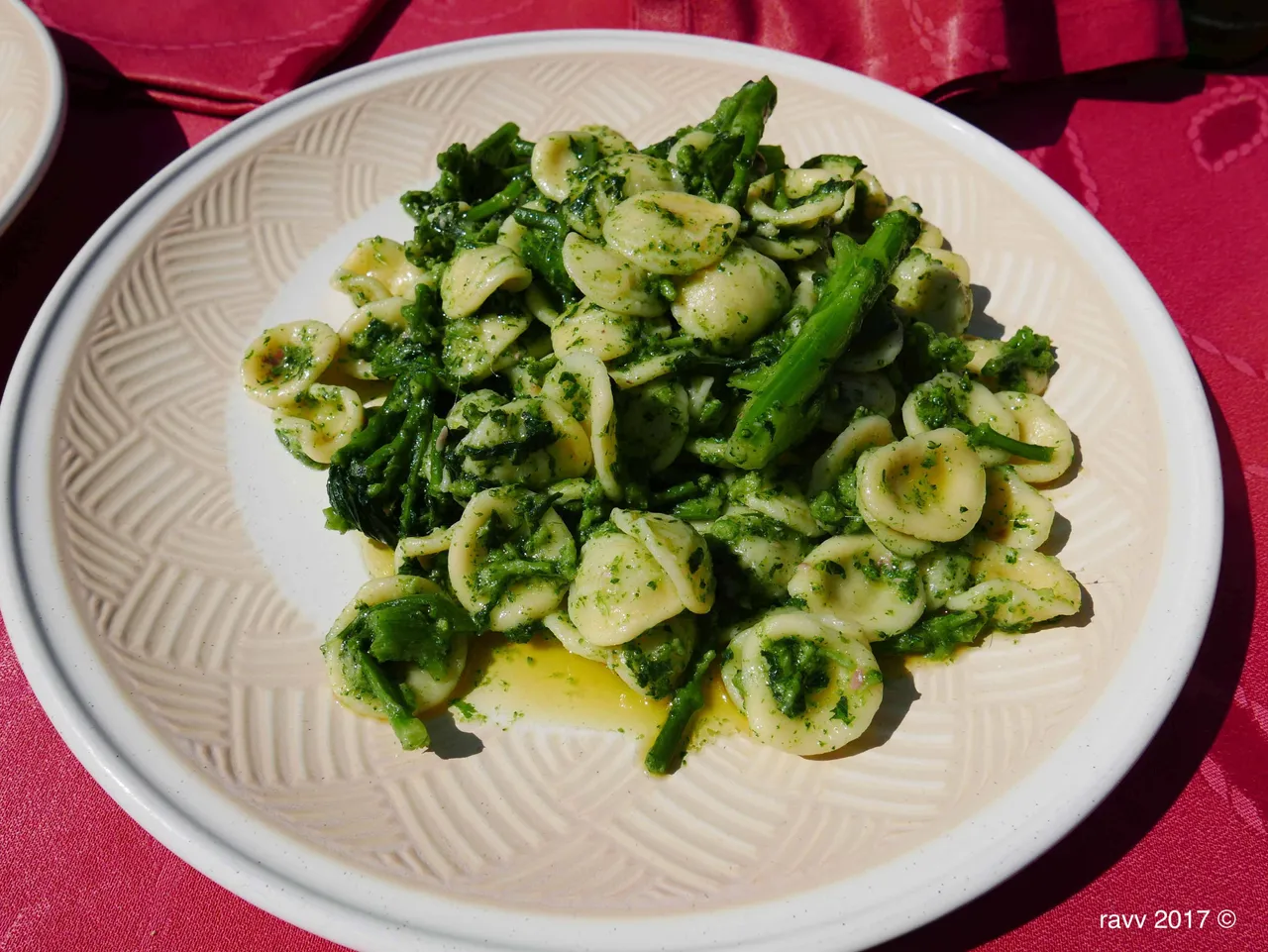
Around the main tourist area there were many little bars and snack-shops. There were also several restaurants and pizzerias.
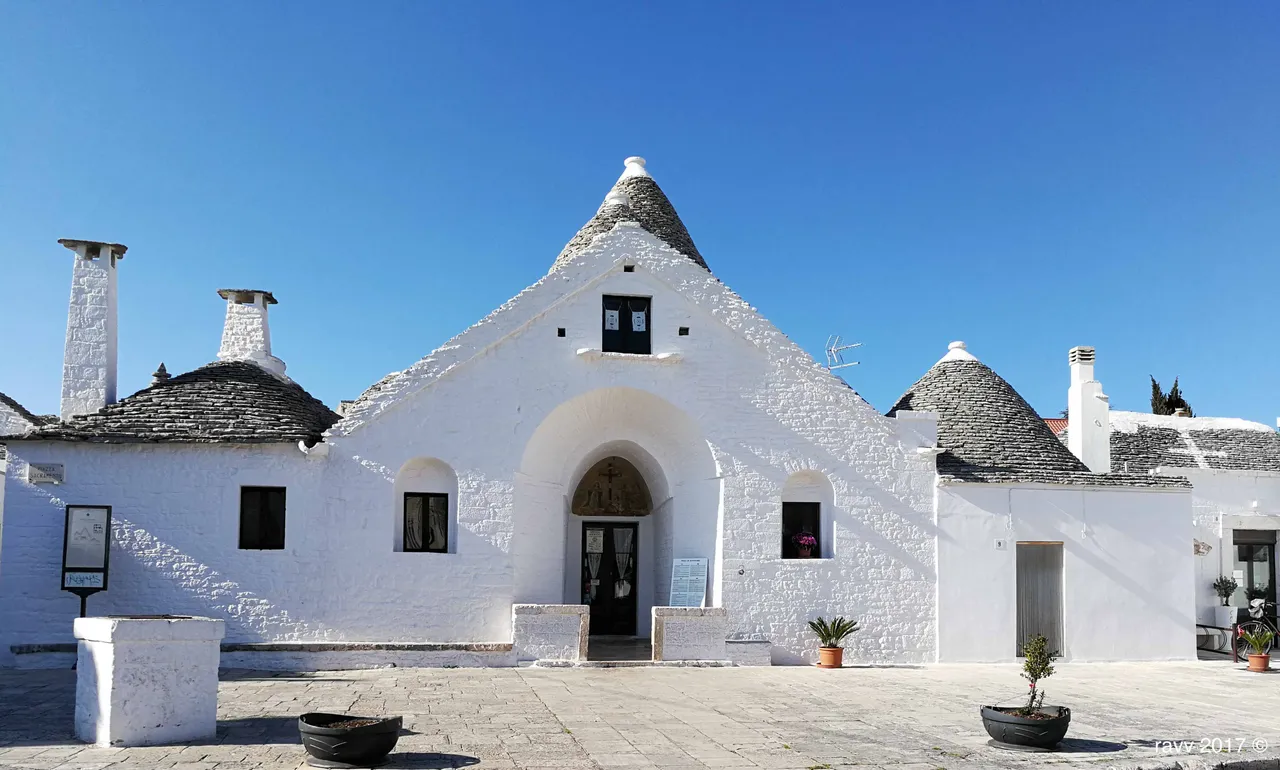

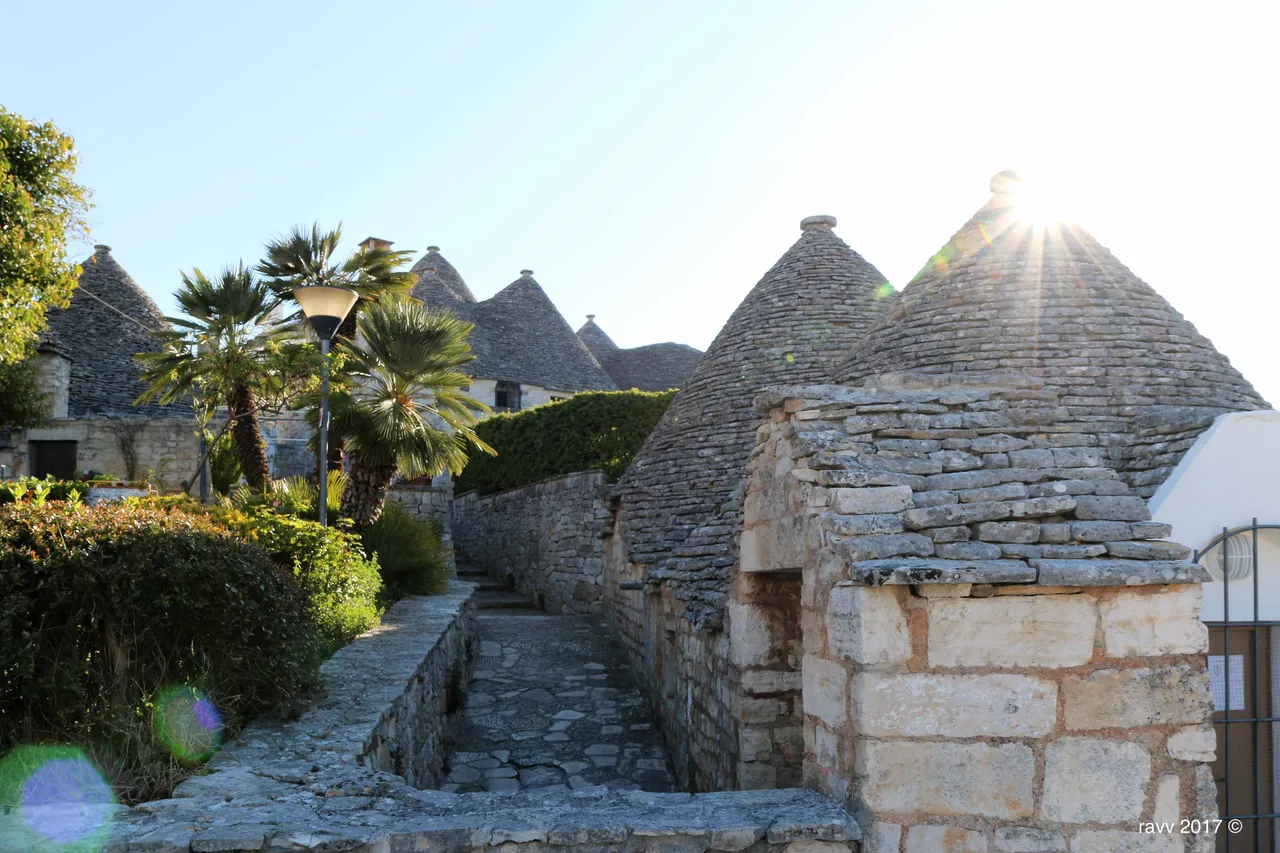
The second trulli district was called Aia Piccola. This was very different to Rione Monti and was less visited by tourists. It was a residential area with little inhabited trulli.
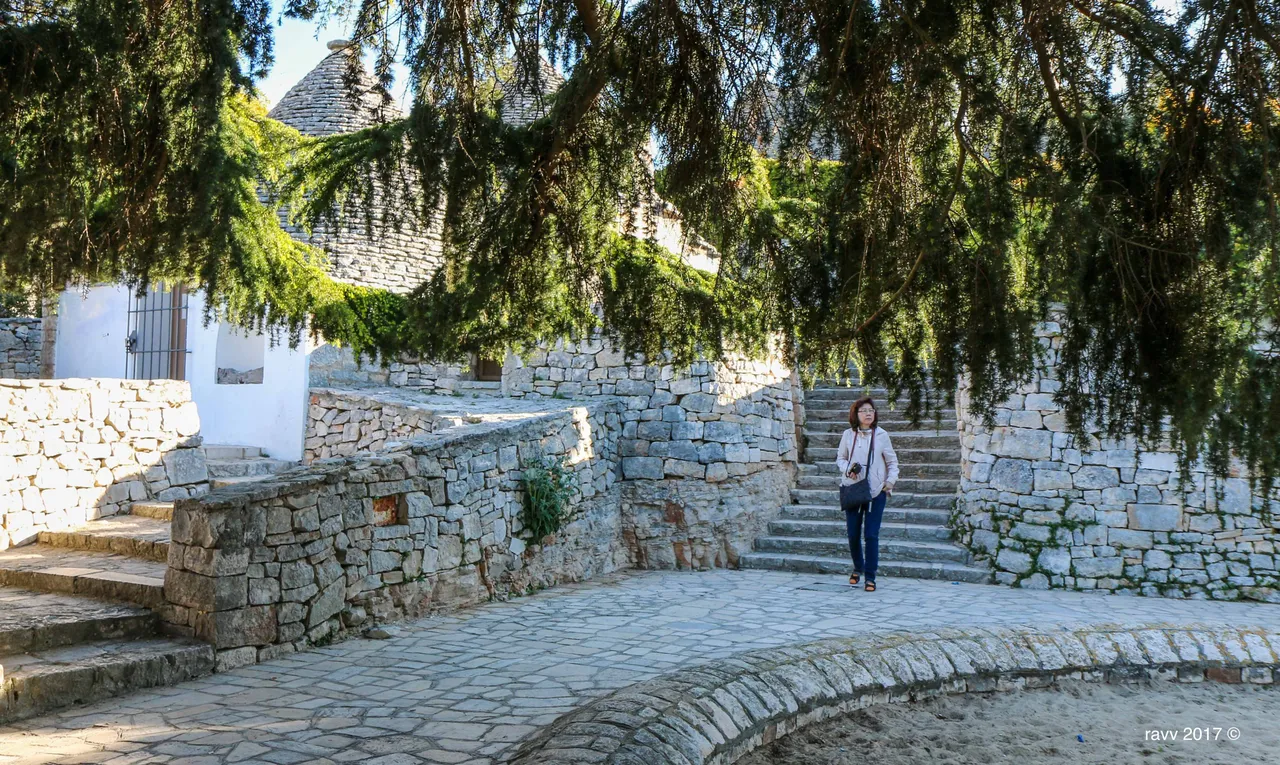
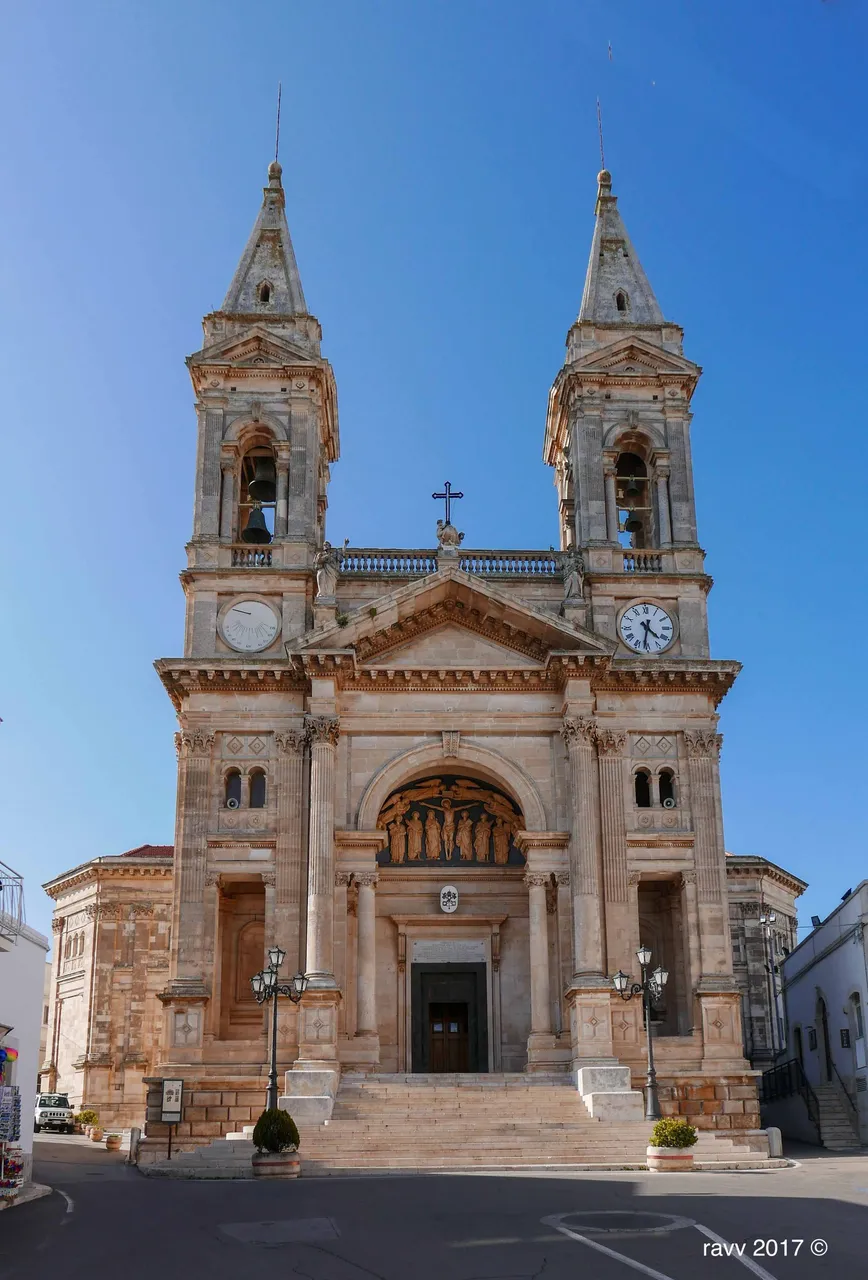
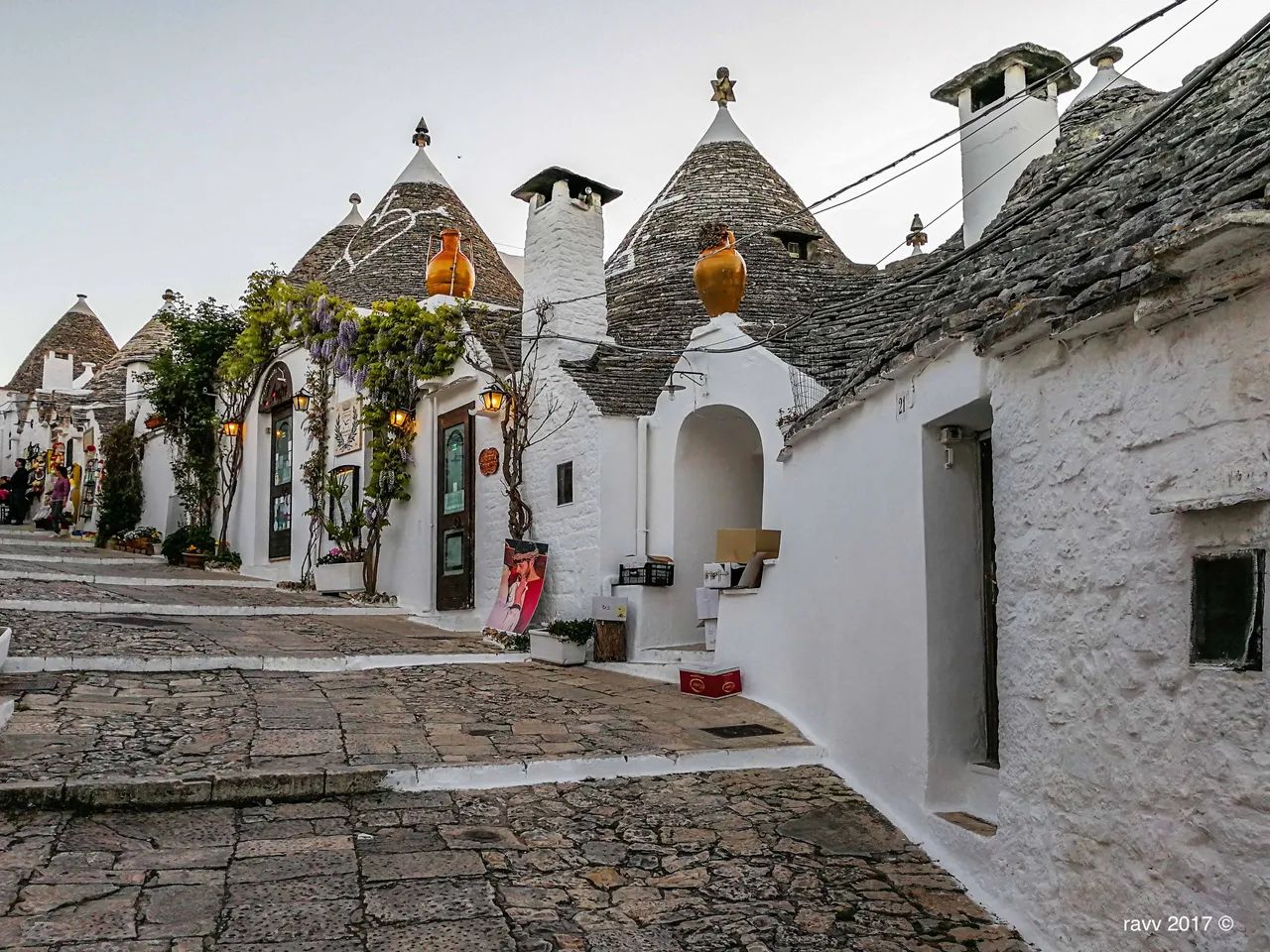
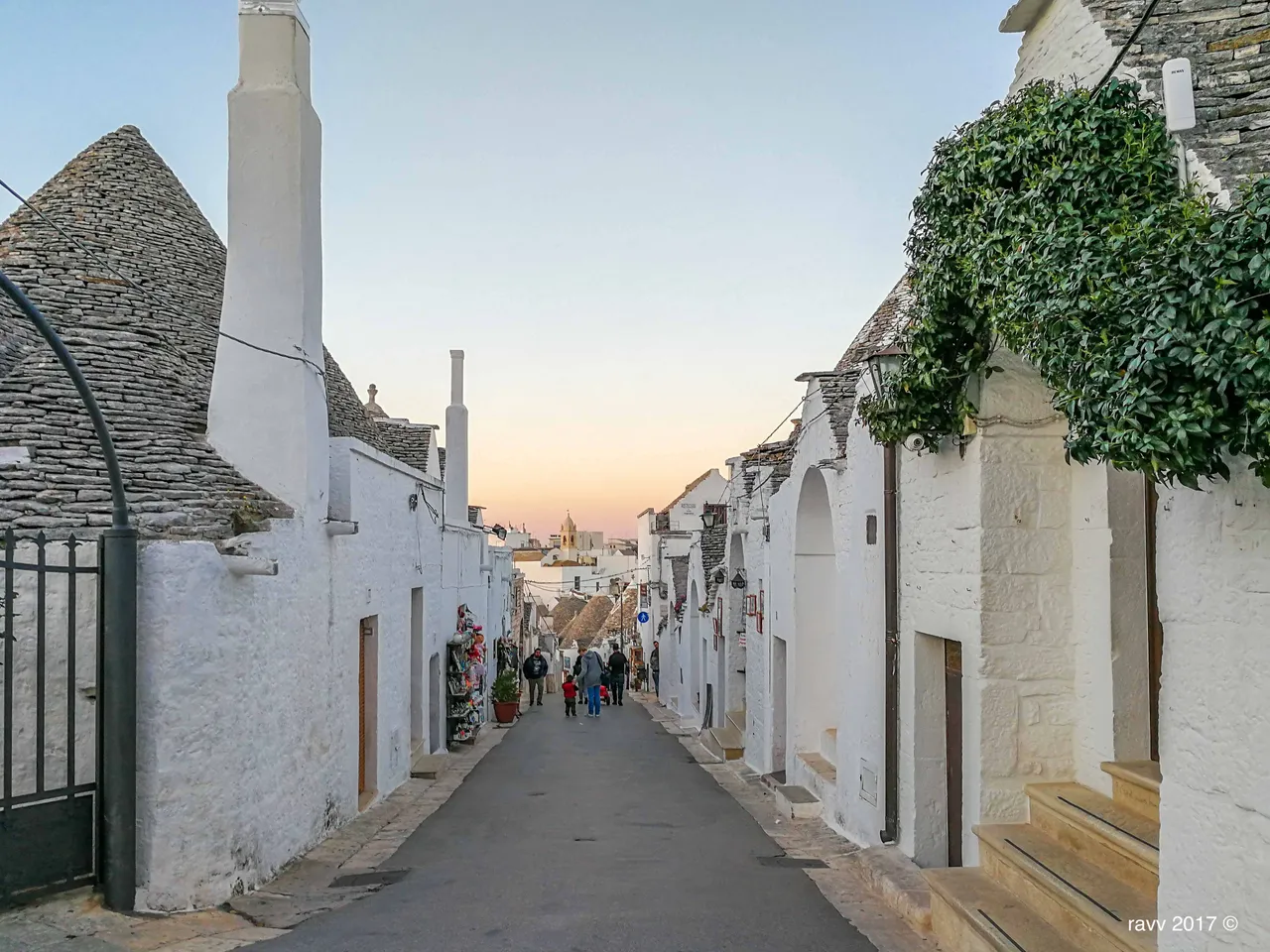
My Mom walked until sunset. Though she had witnessed countless sunsets, this one had an extra hint of Italian.
!steemitworldmap 40.784571 lat 17.238235 long Alberobello d3scr